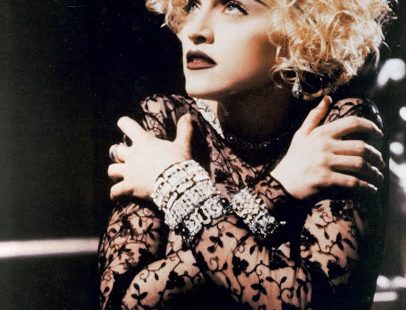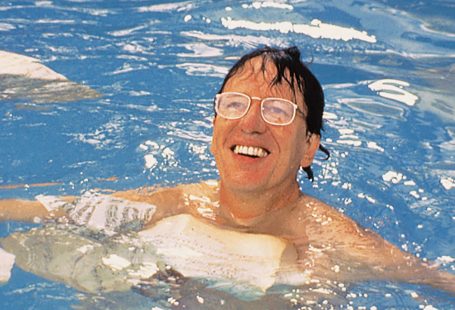The Seven-Second Rule (

If you are a television news producer or documentary filmmaker, you have almost certainly faced this issue.
You are putting together a story about a past event, and you want to make the point that this past event was once the subject of media coverage. The easiest way to do that is to show some of that media coverage, for example, by including a short clip from the evening news or by panning across a newspaper article headline.
Are you allowed to do that? Are you infringing the copyright in that news clip or in that article?
When I was a video editor (and not yet a lawyer), I was regularly told by other non-lawyers that such use was permissible as long as it didn’t violate the “seven-second rule.” This apocryphal safe harbor provided that, if you show a copyrighted work for fewer than seven seconds, then you were protected either by the fair use doctrine or by the equally mythical doctrine of “nobody cares.”
Why do intelligent professionals pass on such fables to each other?
Perhaps it is because, when you are knee-deep in raw footage and working on a deadline, you crave certainty.In fact, such certainty rarely exists in copyright law. There is no “seven-second rule;” there is no “nobody cares” doctrine; and advanced reliance on predictions about fair use (a notoriously uncertain inquiry) is risky at best. For those of you die-hard seven-second rule adherents who still need some convincing, take a look at the Southern District of New York’s recent opinion in Hirsch v. CBS Broadcasting, Inc., which among other things demonstrates that the short length of an allegedly infringing use alone almost never gives rise to a successful copyright infringement defense.
Dandi Law Firm provides legal assistance in Music. Check out our Services or contact Us!





